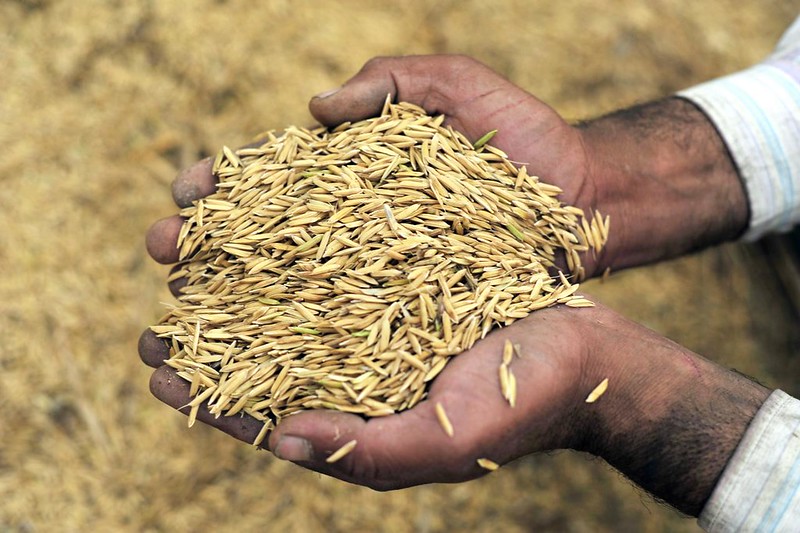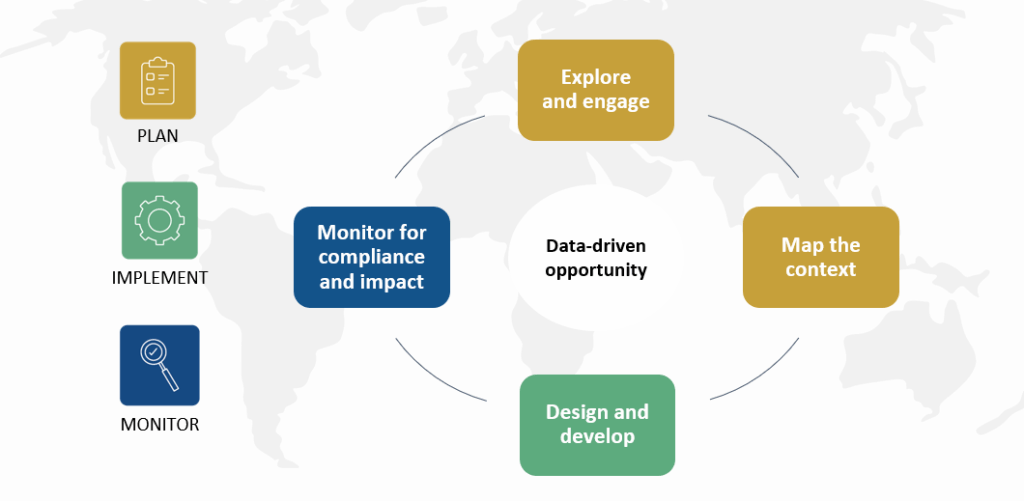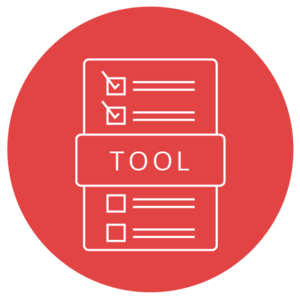How We Work

Photo: Neil Palmer/2011CIAT
FFI provides technical assistance to governments, regional bodies, food producers, and implementing agencies to plan, implement, and monitor fortification of industrially milled wheat flour, maize flour, and rice. We approach our work around the world by first determining a data-driven opportunity. Once an opportunity is determined, we then use a four-stage phased approach to plan, implement, and monitor fortification programs that save lives.
Strategic Phases of Fortification
Download FFI’s global strategy for scaling-up grain fortification.
Determining a Data-Driven Opportunity
Before FFI begins working in a country, we use data to determine two essential requirements: demonstrated need for fortification and the potential to make a positive impact on health through fortified food. Our data comes from several sources and through varied methods that include
Consumption and milling analyses
Consider the commonly consumed foods and clarify which foods to fortify to create the desired health impact.
Nutritional need assessments/analysis of existing standards
Analyze data on nutrition deficiencies and determine which deficiencies can be addressed with fortification.
Market analyses
Determine the number of large mills in your country and what equipment and training they need to begin and sustain fortification.
Political readiness assessments
Assess participation and commitment from national leaders representing public, private, and civic sectors.
Current fortification reviews
Review current fortification practices, country standards, and/or legislation.
Partner interviews
Gather data, insight, and resources from partners already working in-country. As part of planning, indicators may be developed to track the progress and impact of fortification. The World Health Organization has a list of indicators that may be helpful.


